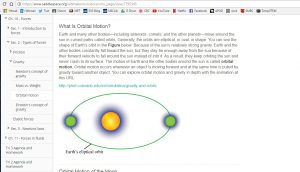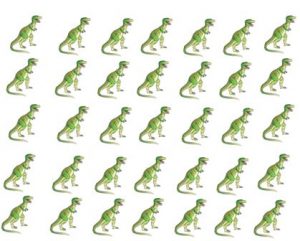The first challenge that popped into my mind when asking myself this question was that many activities that can come from STEM challenges need access to a variety of resources (i.e. technology!). That being said, many resources can come from such things like recycled materials, but when particular items need to be bought, it is not necessarily in the classroom or school budget and generally comes out of the teacher’s pocket. Bybee (2013) discusses how not having access to technology is one of the main issues when trying to incorporate STEM into the classroom. Beyond having access to technology, there are many other conceptual challenges with regards to STEM that have more to do with the students than the resources available.
In the video A Private Universe we were asked to witness numerous conceptual challenges. The video explores a local high school to see if the students have correct assumptions with regards to various scientific topics. Heather, a Grade 9 student, from a local high school was chosen by her teacher as someone who would most likely have a good answer for any scientific question asked. What the teacher did not realize was that Heather had virtually no knowledge with regards to science and more specifically the phases of the moon. Heather sat through a secondary lesson on the phases of the moon and was then re-interviewed 2 weeks later. However, as her private theories were still very much evident, Heather did not accept the correct information on the phases of the moon.
This made me reflect of the importance of diagnostic assessments. Teachers need to be aware of what their students know with regards to starting a new topic/discussion. Without understanding where a student is at, how can one program effectively and make sure that all the students are on the right track with their understanding?
Tabula Rasa, a blank slate, is certainly not the case with students, especially students in high school. Catherine Fosnot (2013) describes education and constructivism by saying that “too often teaching strategies and procedures seem to spring from the naïve assumption that what we ourselves perceive and infer from our perceptions is there, ready-made, for the student to pick up, if only they had the will to do so” (p15). Heather came to the class with pre-existing notions that were not addressed at the very beginning of the lesson or unit and as such, she is holding onto her private theories tightly. In the Confrey (1990) article, he mentions a quote by Osborne and Wittrock (1983) that states, “children develop ideas about the world, develop meanings for words used in science [mathematics and programming], and develop strategies to obtain explanations for how and why things behave as they do” (p. 4). Heather developed pre-existing ideas about the phases of the moon and has believed that for so many years that it is now difficult, half way through the unit, to switch her thinking.
References
Bybee, R.W. (2013). A Case for STEM Education: Challenges and Opportunities. United States of America: National Science Teachers Association.
Confrey, J. (1990). A review of the research on student conceptions in mathematics, science, and programming. Review of research in education, 16, 3-56. http://ezproxy.library.ubc.ca/login?url=http://www.jstor.org/stable/1167350
Fosnot, Catherine. Constructivism: Theory, perspectives, and practice. Teachers College Press, 2013 or 2005 version. Chapter 1: Introduction: Aspects of constructivism by Ernst von Glasersfeld or Chapter 2: Constructivism: A Psychological theory of learning or Cobb, Paul. “Where is the mind? Constructivist and sociocultural perspectives on mathematical development.” Educational researcher 23, no. 7 (1994): 13-20. Available in the course readings library.
Schneps, Matthew. (1989). A Private Universe: Misconceptions That Block Learning. Retrieved from: http://learner.org/vod/vod_window.html?pid=9

